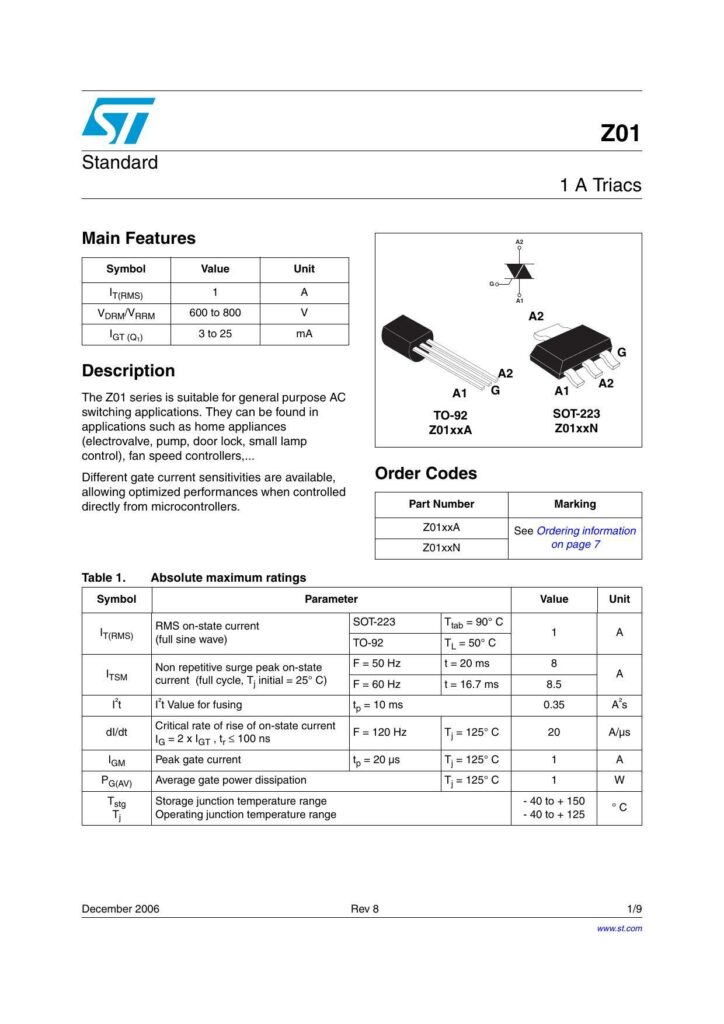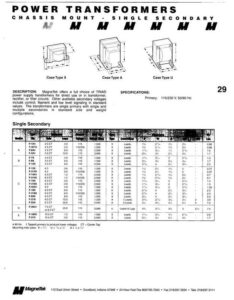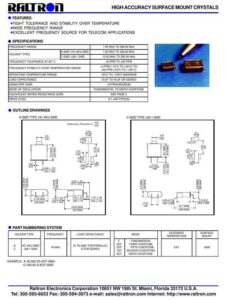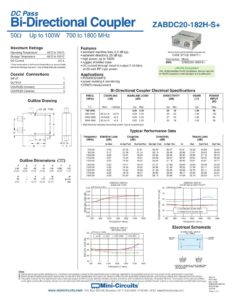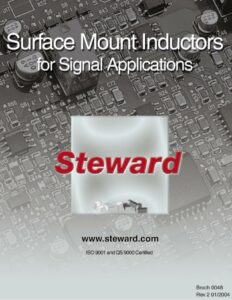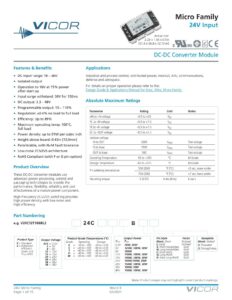Z01 Series 1 A Triacs Datasheet
The Z01 series features a range of Triacs designed for standard applications, specifically optimized for general purpose AC switching. These components are commonly employed in home appliance control circuits, such as electrovalves, pumps, door locks, and small lamp control, as well as in fan speed controllers. The series includes various models with gate current sensitivities, aimed at delivering improved performance when directly interfaced with microcontrollers.
Main Features
The Z01 Triacs offer an RMS on-state current range from 600 to 800 mA, with a gate trigger current (IGT) between 3 to 25 mA, which allows for effective operation across different application requirements. Whether packaged as TO-92 ZO1xxA or SOT-223 ZO1xxN, these Triacs can handle significant power for their size. The available order codes are ZO1xxA and ZO1xxN, with specific marking details provided on page 7 of the full datasheet.
Absolute Maximum Ratings (Table 1)
The datasheet lists critical values that should not be exceeded to prevent device failure. These parameters include the RMS on-state current (IT(RMS)) and non-repetitive peak on-state current (ITSM), both defining the Triac’s power handling capabilities. The ratings are given for specific conditions of temperature and time. The maximum gate current (IGM) and average gate power dissipation (PG(AV)) define the limits for the gate terminal, and storage (Tstg) as well as operating (Tj) junction temperature ranges established are -40°C to +150°C and -40°C to +125°C respectively.
Electrical Characteristics (Table 2)
The datasheet details the Triacs’ performance, specifying minimum and maximum gate trigger current (IGT) values for different quadrants, which are essential for the device activation. It also outlines the maximum holding current (Ih) necessary for maintaining conduction, and the critical rate of rise of on-state current (dI/dt), presenting the Triacs’ switching capabilities under various conditions.
Static Characteristics (Table 3)
Static characteristics provide the on-state voltage drop (Vtm) for given conditions and outline the threshold voltage (Vto) and dynamic resistance (Rd), offering insights into the efficiency and conduction properties of the Triacs at different junction temperatures.
Thermal Resistances (Table 4)
Thermal characteristics are crucial for understanding how the Triac dissipates heat during operation. The datasheet states the junction-to-ambient (Rth(j-a)) and junction-to-tab/lead (Rth(j-t)/(j-l)) thermal resistance values for TO-92 and SOT-223 packages, indicating the effectiveness of heat transfer from the junction to its environment or to a heat sink.
References:
Chat: Powered By VoiceSphere
Pricing & Distributors: https://www.datasheets360.com/part/detail/z0109mn/1381573716938423459/

